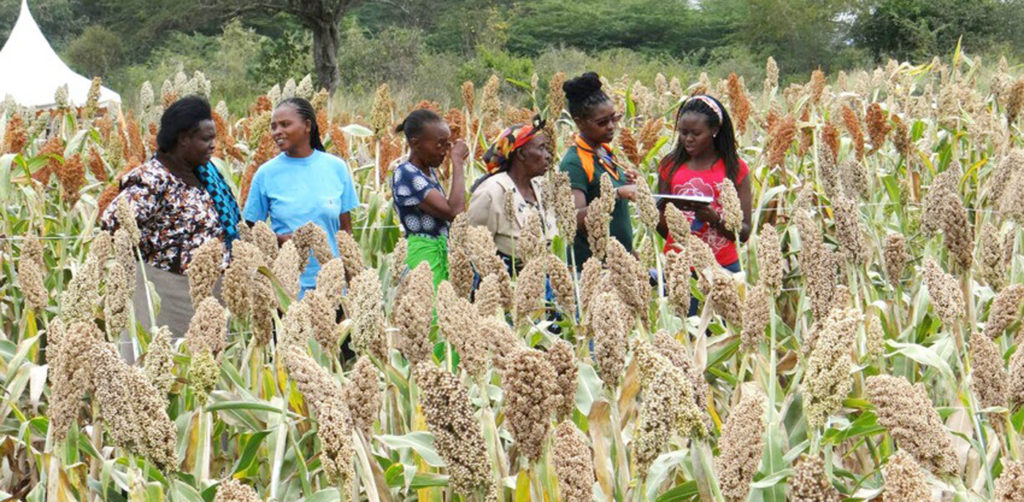Millet farming in Nigeria has a long history that dates back thousands of years. Millets are small-seeded cereal crops that belong to the grass family and are known for their resilience and ability to grow in arid and semi-arid regions. They are a staple food in many parts of Nigeria, particularly in the northern regions where they are well-suited to the dry climate and poor soil conditions. The precise origins of millet farming in Nigeria seem not well-documented, but it is believed that millets have been cultivated in the region for over 4,000 years. Millet farming has traditionally been a subsistence activity by providing a source of food and income for smallholder farmers.
Millet cultivation practices in Nigeria have been shaped by local knowledge and traditional farming methods passed down through generations. Farmers select millet varieties that are adapted to their specific agro-ecological zones and often use traditional land preparation techniques such as hand hoeing and broadcasting the seeds. Millets are typically grown as rainfed crops by relying on the natural rainfall pattern in the region. In Nigeria, the two major types of millets cultivated are pearl millet (Pennisetum glaucum) and finger millet (Eleusine coracana). Pearl millet is the most widely grown millet variety in Nigeria, especially in the northern states. It is well-suited to the hot and dry conditions of the Sahel region and has good drought tolerance. Finger millet, although less commonly grown, is still cultivated in some parts of Nigeria, particularly in the central and southern regions. Millet farming in Nigeria has faced numerous challenges over the years such as erratic rainfall patterns, land degradation, pests, and diseases. Additionally, the increased adoption of cash crops and the introduction of modern farming practices have led to a decline in millet cultivation.
However, millets remain important for food security and livelihoods, particularly in regions where other crops may struggle to grow. In recent years, there has been a renewed interest in millets due to their nutritional value, resilience to climate change, and potential for income generation. Efforts are being made to promote millet farming, improve crop productivity, and enhance market opportunities for millet farmers in Nigeria. Government agencies, non-governmental organizations, and research institutions are working together to develop improved millet varieties, provide training and support to farmers, and promote the consumption of millet-based products to boost the millet value chain in the country.

